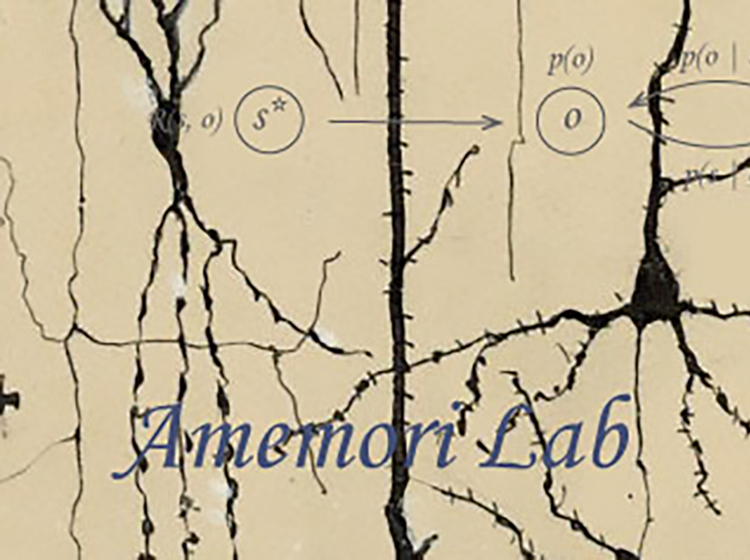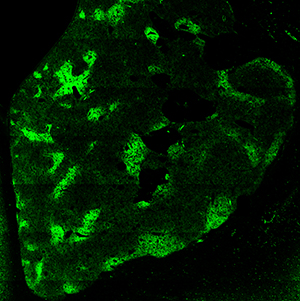Elucidation of the neural mechanism of anxiety and conflict


Research
We will study neuroscience to examine the function of the emotional circuit in non-human primates (NHPs), whose brain structure is homologous to that of humans. The Amemori Group focuses on the NHP’s limbic system. In particular, the group aims to identify the neural basis of the interareal interaction of macaques’ anxiety-related network by combining electrical-stimulation and fMRI methods. The group will perform neurophysiological recordings of spikes and field potentials from microelectrodes chronically-implanted into multiple brain sites. The group also aims to clarify the function of the cerebral cortex, basal ganglia, and dopamine-related circuit in order to elucidate the mechanism of anxiety. The group will also introduce genetic engineering such as chemogenetics to clarify the mechanism of the anxiety-related circuit.

Pubilications 
- Cingulate microstimulation induces negative decision-making via reduced top-down influence on primate fronto-cingulo-striatal network Nature Communications 15(1)4201 Satoko Amemori,M,Graybiel,Ken-ichi Amemori 2024.5.17 View Publications
- Spatiotemporal expression patterns of anxiety disorder-associated genes Karunakaran, K.B., Amemori, Ki. Transl Psychiatry 13, 385 (2023).査読ありView Publications

News
 Recruit
Recruit
We welcome the research staff and graduate students (PhD/MA program).If you need more information, please contact us through the Contact Form.



